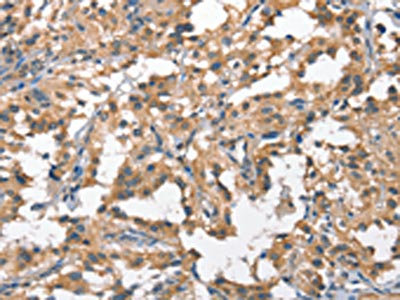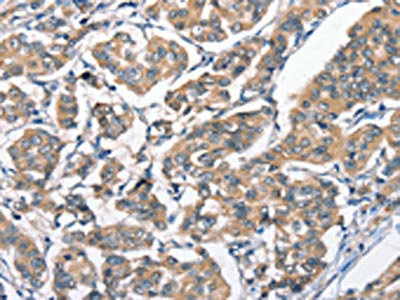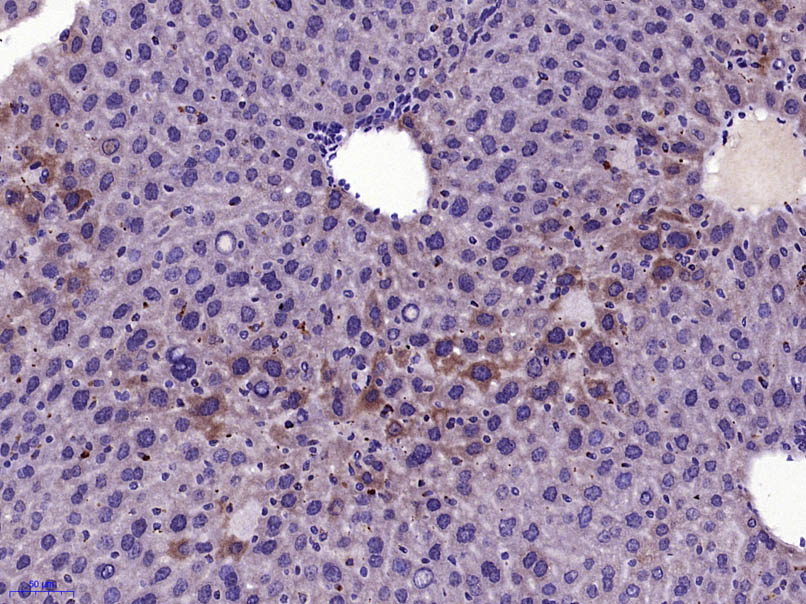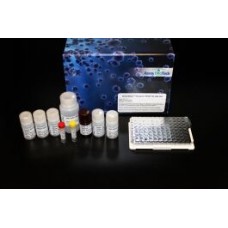
The image on the left is immunohistochemistry of paraffin-embedded Human thyroid cancer tissue using CSB-PA221214(HGF Antibody) at dilution 1/65, on the right is treated with fusion protein. (Original magnification: x200)
HGF Antibody
CSB-PA221214
ApplicationsELISA, ImmunoHistoChemistry
Product group Antibodies
ReactivityHuman, Mouse, Rat
TargetHGF
Overview
- SupplierCusabio
- Product NameHGF Antibody
- Delivery Days Customer20
- ApplicationsELISA, ImmunoHistoChemistry
- CertificationResearch Use Only
- ClonalityPolyclonal
- ConjugateUnconjugated
- Gene ID3082
- Target nameHGF
- Target descriptionhepatocyte growth factor
- Target synonymsDFNB39, F-TCF, HGFB, HPTA, SF, hepatocyte growth factor, fibroblast-derived tumor cytotoxic factor, hepatocyte growth factor (hepapoietin A; scatter factor), hepatopoietin-A, lung fibroblast-derived mitogen
- HostRabbit
- IsotypeIgG
- Protein IDP14210
- Protein NameHepatocyte growth factor
- Scientific DescriptionHepatocyte growth factor regulates cell growth, cell motility, and morphogenesis by activating a tyrosine kinase signaling cascade after binding to the proto-oncogenic c-Met receptor. Hepatocyte growth factor is secreted by mesenchymal cells and acts as a multi-functional cytokine on cells of mainly epithelial origin. Its ability to stimulate mitogenesis, cell motility, and matrix invasion gives it a central role in angiogenesis, tumorogenesis, and tissue regeneration. It is secreted as a single inactive polypeptide and is cleaved by serine proteases into a 69-kDa alpha-chain and 34-kDa beta-chain. A disulfide bond between the alpha and beta chains produces the active, heterodimeric molecule.
- ReactivityHuman, Mouse, Rat
- Storage Instruction-20°C or -80°C
- UNSPSC41116161







